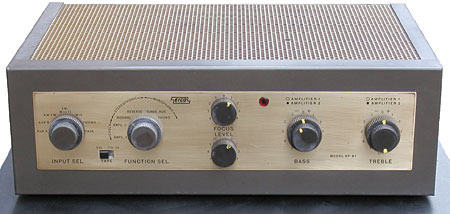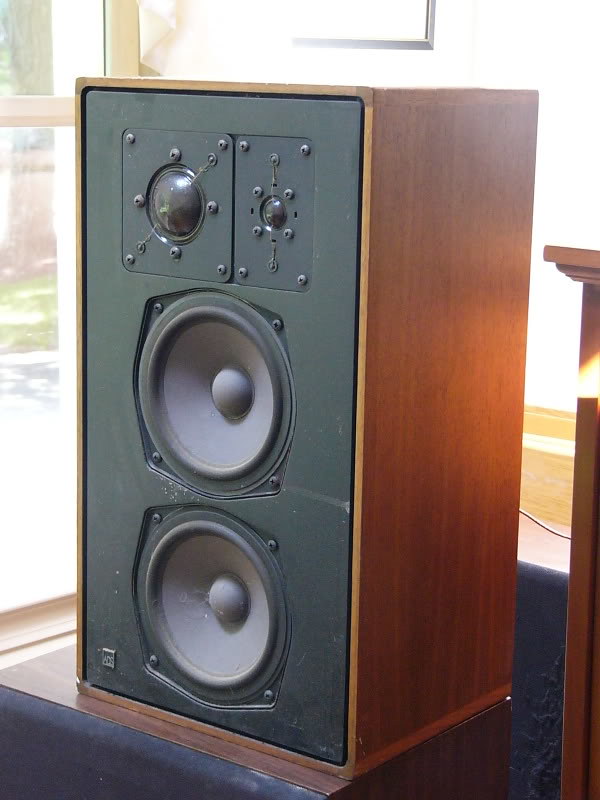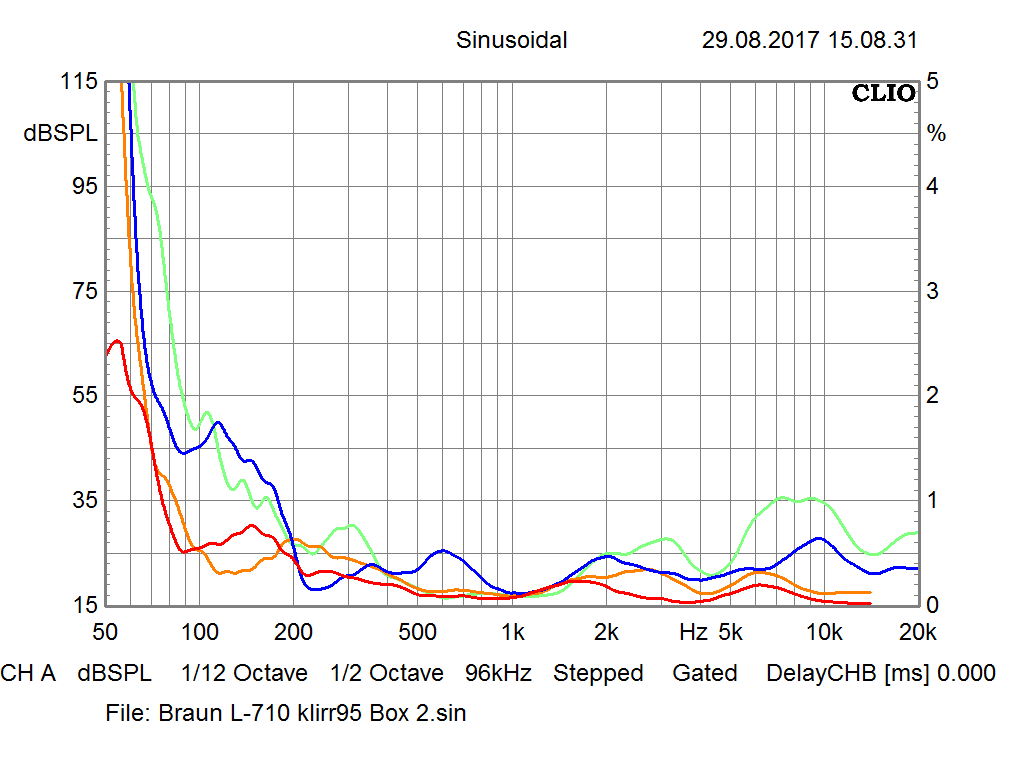Hi Jim, now that is a post worthy of a reply. It is a well thought out post with some good pointers etc.
The amps in your list were all DIY amps, were they not? Have any been tested? I would imagine people here are curious about that.
Yes, build by a former professional amplifier designer, whose work I trust. He build them to satisfy his own curiosity. He picked out a few well liked DIY projects and another simply because the opportunity came his way.
Expectation bias has several components. The conscious component is, in many cases, the least important component. The unconscious components are much harder to control and identify for/to the person under test.
Scientific comparisons, whether aural or otherwise, have protocols that need to be rigorously applied in order to obviate any interference with objectivity. The layman rarely appreciates this; instead, many find it an onerous task, and they dismiss it. But the ways that the unconscious human mind can steer us into errant paths is well-known and well-documented.
Did you see what sentence I replied to originally? What I had was an informal get together that
did change
my opinion on amplifiers. This is what I typed:
It wasn't until a very kind member of DIYAudio challenged me that I altered that opinion. He brought along
5 different amplifiers in my home to test with
my speakers. In his opinion they would all have a different character. For testing purposes we used my Radioshack SPL meter in-between to set the average level the same for each amp.
Sure enough they all
did sound somewhat different. Some more than others. So from that point on I too became a believer in amp/speaker synergy. I do now own 2 of the amps that were brought in for that test

. I still measure everything I do though

.
What I got out of it: I had an opportunity to listen to 4 (for me) unknown pieces of hardware, and listen for differences. Two of those sounded very similar to each other, except for their bass reproduction. I happened to like what they both did. They both turned out to be Mosfet based amplifiers and I found out that day that I liked what they "added" to the sound. If I had to describe it , it would go something like this:
It seemed to generally enriched and "warm up" and thicken out the sound, without losing much of the startling detail
Maybe not entirely the same, but close enough! If I have to be honest, all amps did sound more detailed than my 80's Pioneer. But I'd only pick out two of them to replace it.
While technically it wasn't a blind test, not even by a mile, nor was it meant to be. It was quite the opportunity for me though and it really did change my point of view. I'm not in the business to sell anything, I merely have a hobby I like, it started because I simply love (listening to) music. I do know how the science part works, but I'd like my hobby to stay like that, a hobby. So that get together was purely informal.
The sounds I heard were not that similar though, upon changing the amplifiers out several times, (remember, to me they were just 4 unknown pieces of hardware) two of them simply stood out. I asked if one of them could stay a while longer, so I could see if I still liked it long term but also to run some measurements of that amplifier and my speakers. Sure enough it measured different from my trusty old amplifier, both in frequency response and phase. The main difference was it's heft on bass, being 400 watt into 8 ohm
does tend to sound different than 100 watt on 8 ohm on full range arrays that are run from roughly ~30 Hz up to 18 KHz. (with 14 dB of max boost at bass some frequencies!)
What I see on this forum is bordering on an inquisition that takes these remarks like I just made above apart based on "hard rules of science". That's only partially useful.
While we have a growing library on this site of speaker reviews, DAC's and what not, what's missing is the "hard rules" of what people should like. As they simply don't exist! There isn't one Directivity Index that suits us all, I'm equally convinced we don't all are going to like the amplifiers with extremely low/vanishing distortion. We don't all listen under similar conditions nor do we all like the same music. And that's a good thing!
So throw all the science at me you want. In the end of the day, I choose what I like and I don't even call it HiFi. I call it MyFi. And I recognized what Matt was trying to say.
As I had gone trough something similar.
When the first post that questioned my methods came, I just thought: here we go again... followed up by others that like to join such an inquisition, hence my reaction to avoid those.
No matter how rigoureus your testing is going to be, it cannot account for personal taste. We should embrace that, not distance ourselves from it. I will embrace that in this hobby. I get to pick out what I like and how I do it. Heck, I've build 2 pairs of speakers in my whole life. One set when I was about 18 years old and didn't know anything and one set about 9 years ago. I'm still optimizing that set so it does what I like.
I dare to differ in opinion from some of the teachings of Toole, why? Because I experiment a lot, try things out, change one thing and make up my mind about it. Rinse and repeat at a later date. This simple method has made it possible for me to come a long way, a long way to find out what
I like. Not what the majority of people may like. As I said: I've nothing to sell, so I have no interest in what the majority likes. If I listen to the radio I don't think they are a good source for me to pick out my next favorite song either

.






